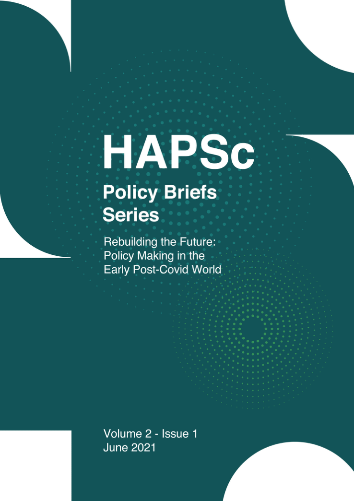Environmental Issues of European Cargo Ports

Abstract
Sea ports and the shipping industry are crucial elements of the international supply chain. Over the last years there has been a growing awareness on the environmental impact of port operations and development. The development of port industry can have a substantial environmental impact. Sustainability is expressed in economic, environmental, and social dimension. The major impacts are on air pollution and especially greenhouse gas emission, the water pollution and the health effects. International policy instruments and governments are crucial factors defining the actions of ports, which are expected to enhance environmental management and reduce the harm of shipping activities. This paper focuses on the environmental dimension and the attempts to reduce the GHG emissions in line with the Paris Agreement and the 2030 UN SDGs. The attention of European Union regulatory environmental framework is laid in the reduction in the sulphur content of certain liquid fuels, the framework for port reception facilities for the delivery of waste from ships, and the Alternative Fuels Infrastructure. The European Green Deal aims to a 90% reduction in the transport emissions by 2050.
Article Details
- How to Cite
-
Bentsos, C. (2021). Environmental Issues of European Cargo Ports. HAPSc Policy Briefs Series, 2(1), 94–100. https://doi.org/10.12681/hapscpbs.27664
- Section
- Articles

This work is licensed under a Creative Commons Attribution 4.0 International License.
Authors retain copyright and grant the journal right of first publication with the work simultaneously licensed under a Creative Commons Attribution License that allows others to share the work with an acknowledgement of the work's authorship and initial publication in this journal.

